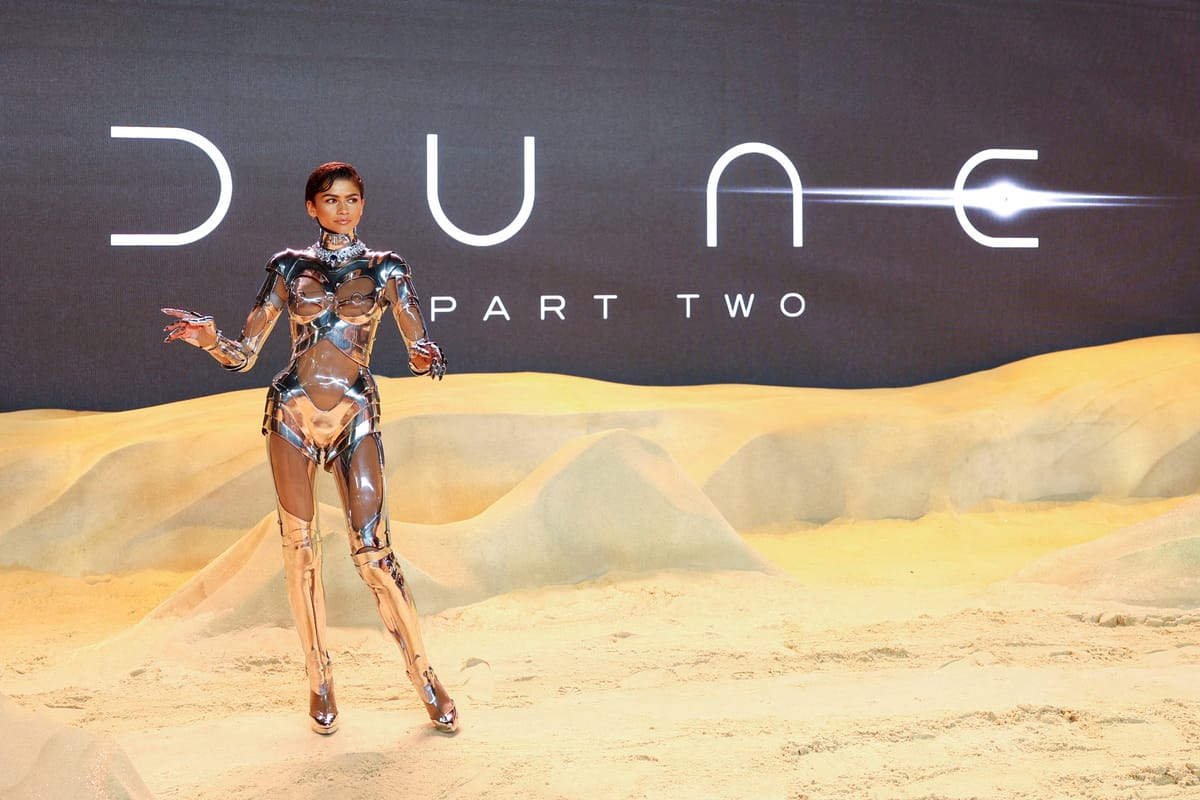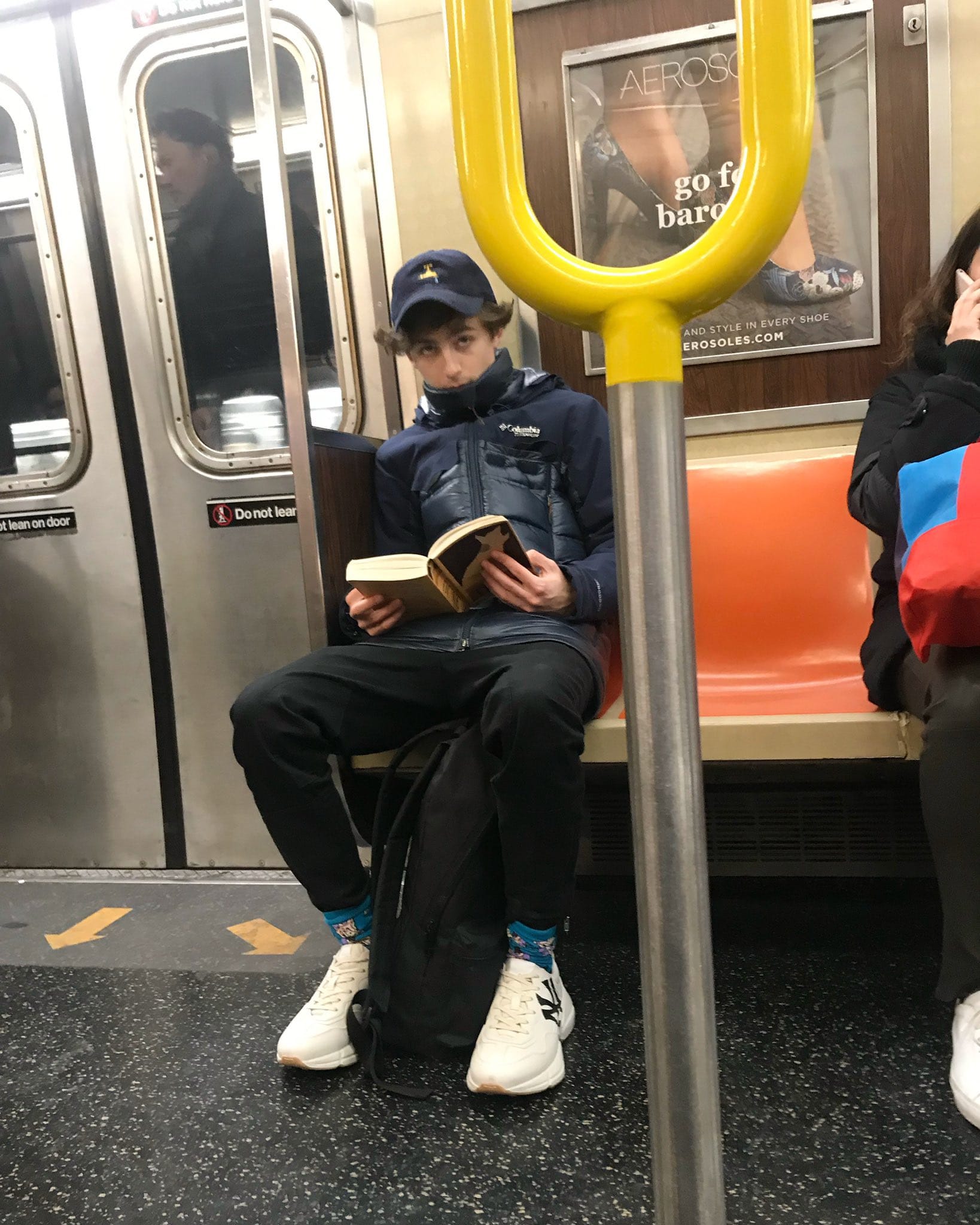“Dune: Part Two” is rocking the box office – and young people are here for it
What is it about this 60s-era story that's resonating with young audiences today?

A few minutes every morning is all you need.
Stay up to date on the world's Headlines and Human Stories. It's fun, it's factual, it's fluff-free.
The "Dune" film series, directed by Denis Villeneuve, is the talk of the town right now. A project of Legendary and Warner Bros. Pictures, the first film revived a sluggish, pandemic-era theater scene, and the second installment is already breaking box office milestones a week into its release.
But the story isn't new – it stems from the original Dune saga created by sci-fi writer Frank Herbert back in the 1960s. So what is it about this 60s-era story that's resonating with young audiences today?
"The story is actually more relevant today than when Herbert wrote it," John Harrison, who wrote and directed the mini-series "Frank Herbert's Dune," told the New York Times. "In the 1960s, there were just these two colossal superpowers duking it out. Today we're living in a more feudal, corporatized world more akin to Herbert's universe of separate families, power centers and business interests, all interrelated and kept together by the one commodity necessary to all."
"Dune," released in 2021, earned 10 Oscar noms and raked in more than US$400 million. And "Dune: Part Two" is already soaring past movie milestones. Its first weekend grossed around US$180 million worldwide. And now, it's become the first movie this year to pass the US$100 million mark domestically and the US$200 million milestone worldwide. It opens in China this weekend, so we can expect those numbers to keep going up.
Oh, it's also loooonnnng. Between the first and second parts, viewers will have spent over five hours in the Dune planet of Arrakis – compare that to David Lynch's 1984 version, which wrapped up in about two hours.
But, even in a world where short-form content reigns, younger audiences are here for this sand-planet saga about the politics of humanity. With the first film in 2021, only 34% of the opening weekend audience were between the ages of 18 and 35, which is considered the most important demographic because they go to the movies most often. For "Dune: Part Two," that jumped to almost 50%.
"Dune allows us to live in the future, love the artistic intricacy of that future, and then realize, with sobering clarity, that we can't allow things to end up like that," wrote Ryan Britt in "The Spice Must Flow," a book that breaks down the Dune universe. "Dune teaches us to face our fears … It also makes us look in the mirror and wonder who we are."
Beloved Gen-Z icons Timothée Chalamet and Zendaya in starring roles probably aren't hurting its popularity with the younger crowd, either. You've also got other popular young stars like Austin Butler and Florence Pugh in the cast.

But Villeneuve, who's in his mid-50s, recalls (in an interview with NPR) reading Herbert's novel when he was just 13 and even storyboarding it, dreaming of making a film of it one day. So, we're talking about a story that's been captivating audiences and readers for half a century now.
"The mystery of the future of humanity is similar. We can't yet imagine the way in which we get to the future, and we can't really picture what the universe will look like when the future unfolds. But it is what we want: to survive and to change," wrote Britt. "Dune says that change is possible. It's not always all good, but it's not all bad, either."




Comments ()